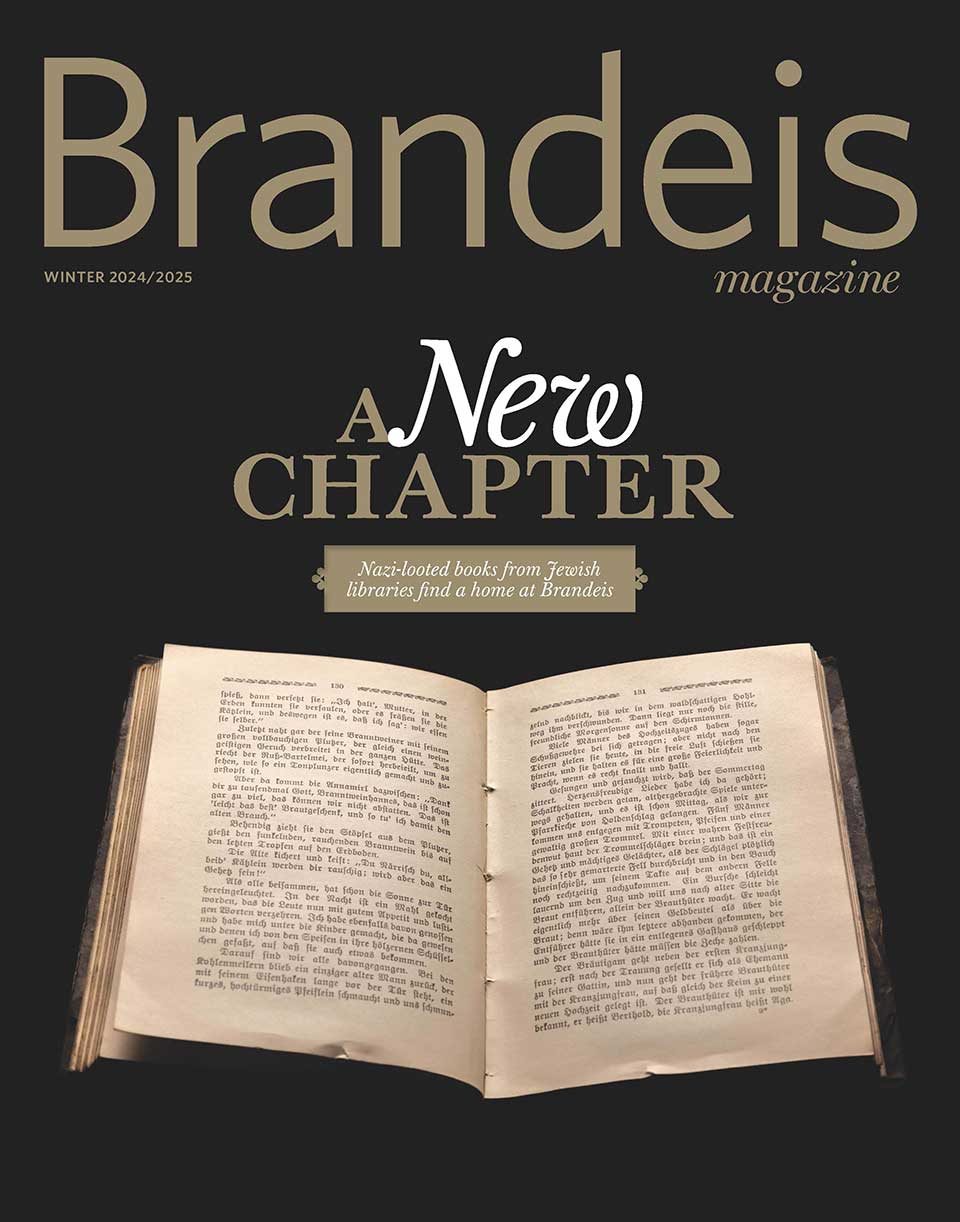On the Bookshelf
Faculty books
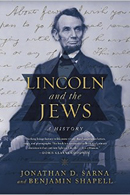
Thomas Dunne/St. Martin’s Press, $40
As the foreword to this handsome, absorbing book asserts, Abraham Lincoln “befriended Jews, admired Jews, commissioned Jews, defended Jews, pardoned Jews, consulted with Jews and extended rights to Jews.” Sarna, the Joseph H. and Belle R. Braun Professor of American Jewish History, and his co-author detail Lincoln’s surprising connections to Jews as well as his ideas on Jewish issues by examining documents, letters and ephemera, many of them included here in high-quality reproduction. Five of Lincoln’s most important friends were Jewish, we learn. And, poignantly, on the day the president was assassinated he told Mary Todd Lincoln he was eager to visit Palestine someday.
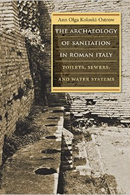
University of North Carolina Press, $69.95
If cleanliness is next to godliness, the ancient Romans weren’t quite Jupiter and Juno, yet they were able to create some divinely sophisticated systems for managing waste. Koloski-Ostrow, professor of classical studies, gives readers a fascinating tour of the hidden realm of Roman latrines, bathrooms and sewers, which featured innovations and built-to-last engineering that could put many modern public-works efforts to shame.
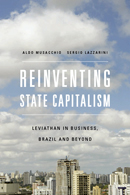
Harvard University Press, $55
State-owned enterprises are offering national governments a new financial model to consider. Musacchio, a faculty member at Brandeis International Business School, and his co-author survey the changing options at close range and in historical perspective, and conclude that it’s useless to argue whether state capitalism is better or worse than private ownership. The reality is that the two forms already co-exist around the globe.
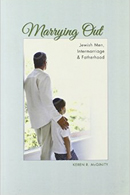
Indiana University Press, $28
A research affiliate at Brandeis’ Cohen Center for Modern Jewish Studies, McGinity studied American Jewish men who have intermarried and found that, contrary to conventional wisdom, they frequently bring their children up as Jews, with the full agreement and assistance of their non-Jewish wives. In its survey of intermarried families, McGinity’s book delves into what makes modern Jewish practice and culture tick.
Alumni books
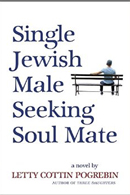
The Feminist Press, $15.95
A founding editor of Ms. magazine, Pogrebin writes a novel about love. A man who’s promised his Holocaust-survivor mother that he will marry a Jew falls in love with a Protestant woman, who also happens to be African American, spawning complications revolving around religion, loyalty, race, parenting, gender and history. The plot may address a knot of social issues, but Pogrebin never lets them overshadow a tender, well-crafted story. An abundance of heart can be found here.
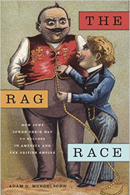
New York University Press, $35
The subtitle — “How Jews Sewed Their Way to Success in America and the British Empire" — offers a crisp précis of the intriguing research Mendelsohn stitches together in his book. Many immigrant Jews used their sweatshop jobs as a springboard to big-time clothing-industry careers, even the creation of empires. As the author, an associate professor of Jewish studies at the College of Charleston, notes of the garment trade, “In few other areas of the modern economy were Jews so central.” This thought-provoking volume explains why.
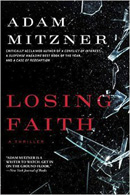
Gallery Books, $26
Defense attorney Mitzner authors his third legal thriller, continuing along the fiction-writing path blazed by Grisham, Turow et al. A Russian plutocrat, accused of financing an act of terrorism, threatens to ruin a high-profile American lawyer unless he does what he can to sway a trial judge in the Russian’s favor. Mitzner is skilled at his second job — prepare for mind-bending twists and turns right up to the very end.
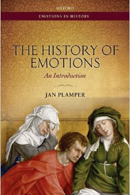
Oxford University Press, $55
That passion that couples in medieval France felt for each other, do we feel it today? In the midst of battle, do today’s soldiers experience the same fear that gripped 19th-century soldiers at Gettysburg? Plamper, a professor of history at Goldsmiths, University of London, looks at two dominant theories on emotion — social constructivism (emotions are learned, and change across time and cultures) and universalism (emotions are a durable constant) — to better understand how, why and what we feel.
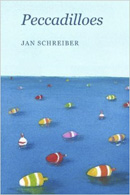
White Violet Press, $16.95
One poem begins, “Somewhere at this moment/a woman with a bad/diagnosis holds out/against her body’s treason.” Aging, love, nature, friendship — the ideas that inspire this slim volume of poetry are quotidian, but the work is not. The poems shimmer with an easy clarity and reveal powerful depth. Schreiber is a visiting scholar in Brandeis’ Department of English.
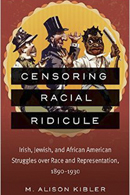
University of North Carolina Press, $29.95
We know the stereotypes — “drunken,” “avaricious,” “lazy” — that all too often stained the Irish, Jewish and African American characters appearing on theater stages and movie screens around the turn of the 20th century. But we don’t know much about the contemporary boycott and lobbying efforts by Irish, Jewish and African-American groups that struggled to get these ugly representations out of entertainment. Kibler, chair of the women’s and gender studies program at Franklin & Marshall College, taps into a rich vein of early civil-rights history.
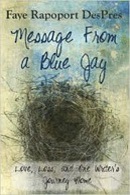
Buddhapuss Ink, $15.95
Channeling Dante, DesPres regards the middle of her life’s journey, and finds it challenging. Her honest, affecting memoir about her 40s is written with a lyrical touch and covers topics that will resonate with many readers: a new husband; a falling-down house; a dying mother-in-law, who’s not going gently into her good night; travels to other countries; and magical encounters with the outdoors.
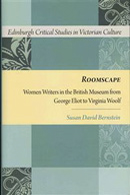
Edinburgh University Press, $120
A storied space in more ways than one, the British Museum’s Reading Room was a light-filled launching pad for many early-20th-century women who went on to rewrite literary history. Bernstein, a professor of English at the University of Wisconsin, Madison, looks at this public space, which opened in 1857, and the authors it inspired, from George Eliot and Virginia Woolf, to Christina Rossetti and Amy Levy.
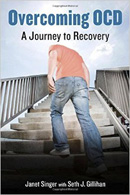
Rowman & Littlefield, $35
Writing under the pseudonym Janet Singer, Adele Spivack ’80 details her son’s heartbreaking yet ultimately successful battle with obsessive-compulsive disorder as a college student. Despite the oversight of loving, involved parents, the young man endures months of overmedication and inattentive or inappropriate therapy before the right approach helps him emerge from the OCD tunnel. A must-read for anyone dealing with the disease.
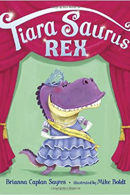
Bloomsbury, $16.99
Tina, an enormous and extra-glamorous T. Rex, enters a beauty contest filled with other kinds of dinosaurs. Who will win? Although everyone’s money is on Tina, surprises wait in the wings. Sayres writes a sweet, rhyming anti-diva tale for children age 5-7, enhanced by charming illustrations, which are appropriately very large and vibrantly colorful.
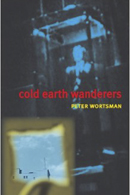
Pelekinesis, $20
A science-fiction tale about a future dystopian society that celebrates the y axis and outlaws the x. Teenager Elgin Marble hates the vertical world he’s trapped in, longing to travel out, not up. So he joins the Crabs, a group of rebels who act on their forbidden horizontal impulses. Can they help him dig through the ruined tunnels of Grand Central Station to experience the great wide open? Wortsman is also the author of the nonfiction “Ghost Dance in Berlin,” a 2013 memoir/travelogue.
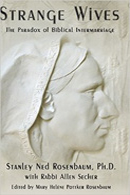
Self-published, $39.95
By 63 BCE, Jewish leaders were assembling strict rules to prevent Jews from assimilating — and thereby disappearing — into Greek and Roman culture. Yet over the preceding centuries, intermarriage by Jews was a surprisingly common practice. Rosenbaum and Secher write knowledgeably and with an appealing sense of humor about this buried history, a compelling topic at a time when multifaith families are more and more prevalent.
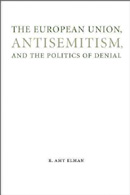
University of Nebraska Press, $50
When the European Union formed, a central aim was the reduction of anti-Semitism. Today, anti-Semitism is rampant in the EU — and getting progressively worse. So what went wrong? Elman, the Weber Professor in Social Science at Kalamazoo College, shines a light on the role politics play in the escalation of tension. She details how EU anti-discrimination efforts are “byzantine and often blurry,” and how political actors can be “slow to side with social justice.”
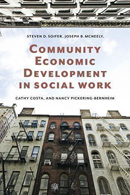
Columbia University Press, $40
Chair of the social work department at the University of Memphis, Soifer and his co-authors explain how community economic development — aka community building — intersects with social work to empower individuals and struggling neighborhoods. Case studies focus on Arizona’s Chicanos por la Causa and Boston’s Dudley Street Neighborhood Initiative, among many other community-building efforts.
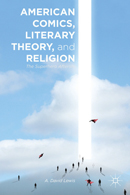
Palgrave Macmillan, $90
When superheroes die, where do they go? What happens to them there? If they return from the hereafter, how are they changed? Lewis, a graphic novelist with a PhD in religious studies, analyzes death narratives in superhero comics for clues about what our culture really believes about the afterlife. In a way, he concludes, the exploits of the Fantastic Four and their comic-book brethren reveal a real respect for religious pluralism.
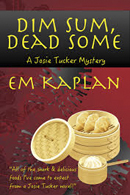
CreateSpace, $12.95
Kaplan presents another Josie Tucker mystery, in which the crime-solving food critic (who has just a few stomach issues) investigates the disappearance of a San Francisco software entrepreneur. Fans of the first Josie Tucker book, “The Bride Wore Dead,” will doubtless be hungry for this second serving of sleuthing.
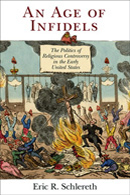
University of Pennsylvania Press, $55
An assistant professor of history at UT Dallas, Schlereth examines the fluidity of political and religious boundaries in the early United States. After casting off all the old, established forms, how would the young republic construct a political system that could ward off the religious conflict that roiled Europe? The book traces what happened as American political leaders began to define “acceptable” and “unacceptable” religious expression.
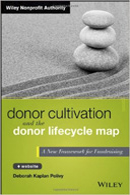
Wiley, $60
Like successful gardeners, smart nonprofits cultivate giving through rigorous long-term planning, writes Polivy, a fundraising consultant. She outlines ideas and tools that can help development experts reach their goals, by recognizing that individual donations can flower into a lifetime of giving. For such strategic thinking to be effective, Polivy cautions, it must take root throughout an entire organization, not just among advancement staff.

Palgrave Macmillan, $105
Through a study of memorials, literature, music, painting, photographs, film and TV, cartoons, memorabilia traded on eBay, interviews and more, Puri’s book examines differing memories of the 1979-83 revolution in Granada, reflecting on how the events that erupted on this small island still “haunt the present Caribbean.” Puri is an associate professor in the University of Pittsburgh’s English department.
Brandeis University Press
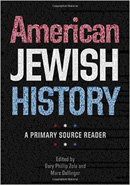
$40
The historical documents and other original accounts collected here narrate the story of American Jews from the colonial era to the present. Presented chronologically, the materials range widely: Photos of Touro Synagogue, the oldest U.S. synagogue, built in Newport, R.I., in 1763. Excerpts from a September 1941 speech by Charles Lindbergh, who accused the Jews of imprudently “agitating for war” against Germany. And a 2011 Huffington Post article by Jonathan Miller titled “How Adam Sandler’s ‘Chanukah Song’ Helped Save the Jews.” An engrossing, lively compendium.
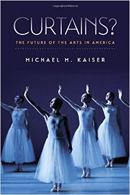
$26.95
The head of the DeVos Institute of Arts Management at the University of Maryland and former president of the Kennedy Center, Kaiser signals bad times ahead for 21st-century arts institutions. The big players will sail on, buoyed by big-ticket productions for deep-pocket patrons. But the book warns that mid-size institutions have to act now — and creatively — to stay afloat, and offers advice on the steps arts administrators could take toward a more advantageous bottom line.
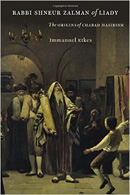
$45
Etkes, emeritus professor of modern Jewish history at the Hebrew University of Jerusalem, pens a look at the life and ideas of Shneur Zalman, who founded Chabad, a branch of Hasidic Judaism, in the late 18th century in the area of imperial Russia now known as Belarus. This comprehensive biography offers insight into the ethos Shneur Zalman constructed and communicated, which continues to guide many Hasidic Jews today.
